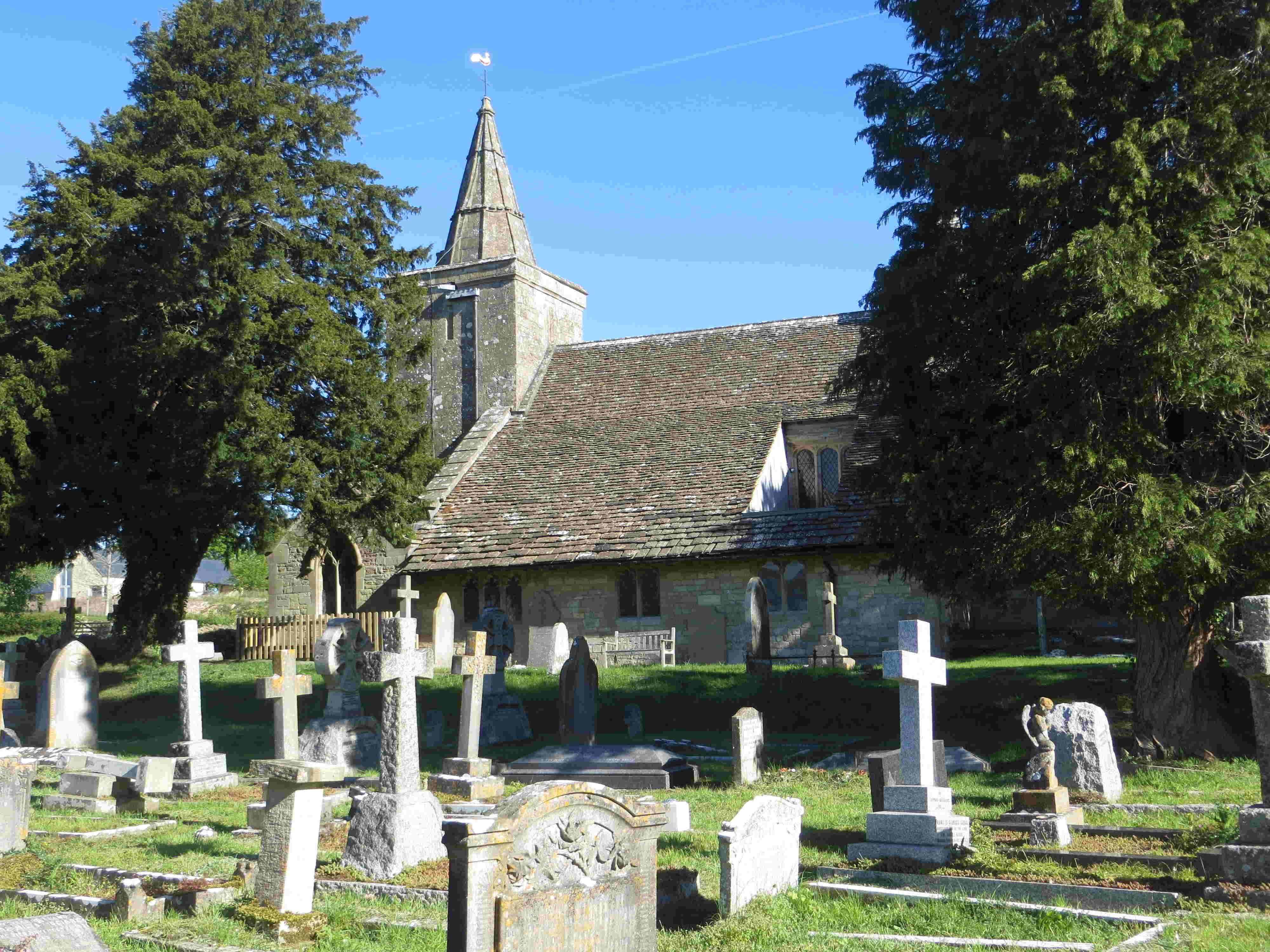
The church is of Saxon origin as evidenced by a Saxon doorway arch and characteristic stonework in part of the church. Originally dedicated to St Edith of Wilton, daughter of King Edgar, it was rededicated to St Mary the Virgin many hundreds of years later. A south aisle and vestry were added in 1921 with the Saxon arch incorporated in the arcade. A plaque commemorates the addition of this aisle.
The village was originally close to the church but, over the centuries, has migrated down the hill and northwards leaving the church now on the village’s southern boundary and 1.5 km from the village’s (non-operational) railway station.
A few burials around 1900 give the abode at the Hydropathic Establishment. Originally founded as the West of England Hydropathic Establishment in 1860, later renamed to the Limpley Stoke Hydro Hotel, the building remains as the Limpley Stoke Hotel.
The parish, despite being west of the Avon and bounded in three sides by Somerset, is part of Wiltshire within the hundred of Bradford. The parish’s church was considered a chapelry of Bradford in the diocese of Salisbury. It was joined with Winsley with the Dean and Chapter of Bristol being the patrons. In 1970 the parish was separated from Winsley and united with Freshford, in the diocese of Bath and Wells. In 1976 the parish of Hinton Charterhouse was added. The church is now in the parish of Freshford with Limpley Stoke and Hinton Charterhouse, alongside St Peter's, Freshford and St John the Baptist, Hinton Charterhouse.
The churchyard has a series of ancient ledger stones.

Sections A, B and C surround the church. There is an eastern extension which comprises Sections D and E and cremation plaques (Sections F, G, X and Y).